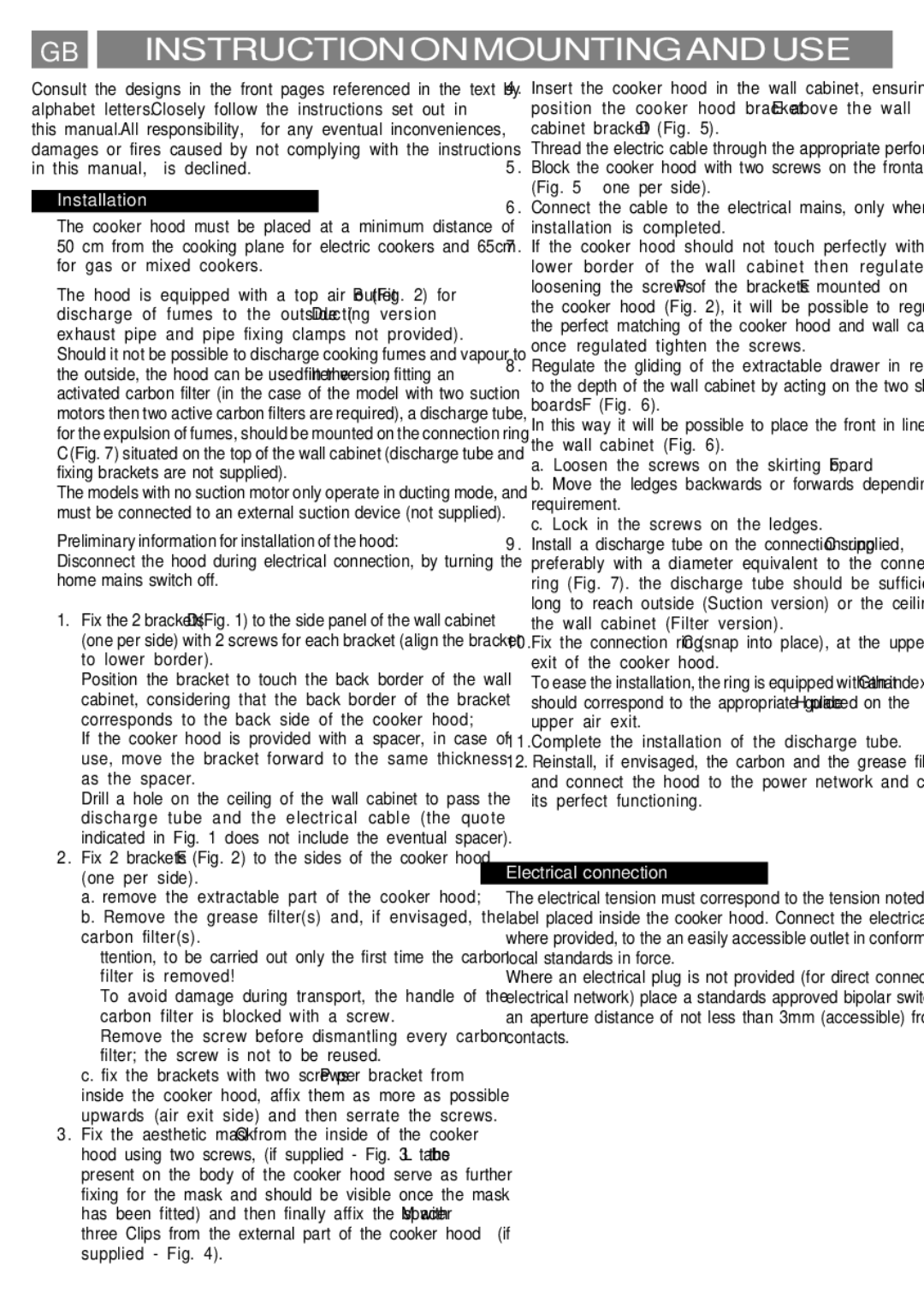LI2JEA specifications
The Hotpoint LI2JEA is a versatile and efficient refrigerator designed to meet the demands of modern households. With its sleek design and advanced features, this appliance not only adds to the aesthetics of your kitchen but also ensures optimal food preservation and convenience.One of the standout features of the Hotpoint LI2JEA is its impressive energy efficiency. Rated with a high energy class, it helps users save on electricity bills while reducing their carbon footprint. This is achieved through advanced cooling technology that ensures consistent temperature control and minimal energy consumption.
The refrigerator offers a generous storage capacity, making it ideal for families or individuals who like to stock up on groceries. Its well-organized interior includes adjustable shelves, allowing users to customize the space according to their needs. The clear drawers and compartments enhance visibility, ensuring that you can easily find what you need without unnecessary fuss.
The LI2JEA is equipped with innovative technologies such as No Frost, which eliminates the need for manual defrosting. This feature not only saves time and effort but also prevents ice buildup, ensuring that the entire storage space remains usable. Additionally, the Multi Air Flow system enhances air circulation inside the fridge, maintaining an even temperature throughout and preserving food freshness for longer periods.
Another significant characteristic of this refrigerator is its user-friendly control panel. The easy-to-understand interface allows users to adjust temperatures with ease, making it simple to transition between modes based on needs. The appliance also features an alarm system that alerts you if the door is left open, which helps to maintain the internal temperature and prevents spoilage.
In terms of aesthetics, the Hotpoint LI2JEA boasts a contemporary finish that blends seamlessly with any kitchen decor. Its compact size makes it suitable for various layouts, including smaller apartments and kitchens, without compromising on storage capacity.
Overall, the Hotpoint LI2JEA is a reliable and efficient refrigerator that combines modern technology with practical features. Whether you're looking to upgrade your current appliance or invest in a new refrigerator, the LI2JEA is an excellent choice that promises both performance and style. With its energy-saving capabilities, spacious design, and innovative technologies, it stands out as a dependable companion for both everyday needs and special occasions.

